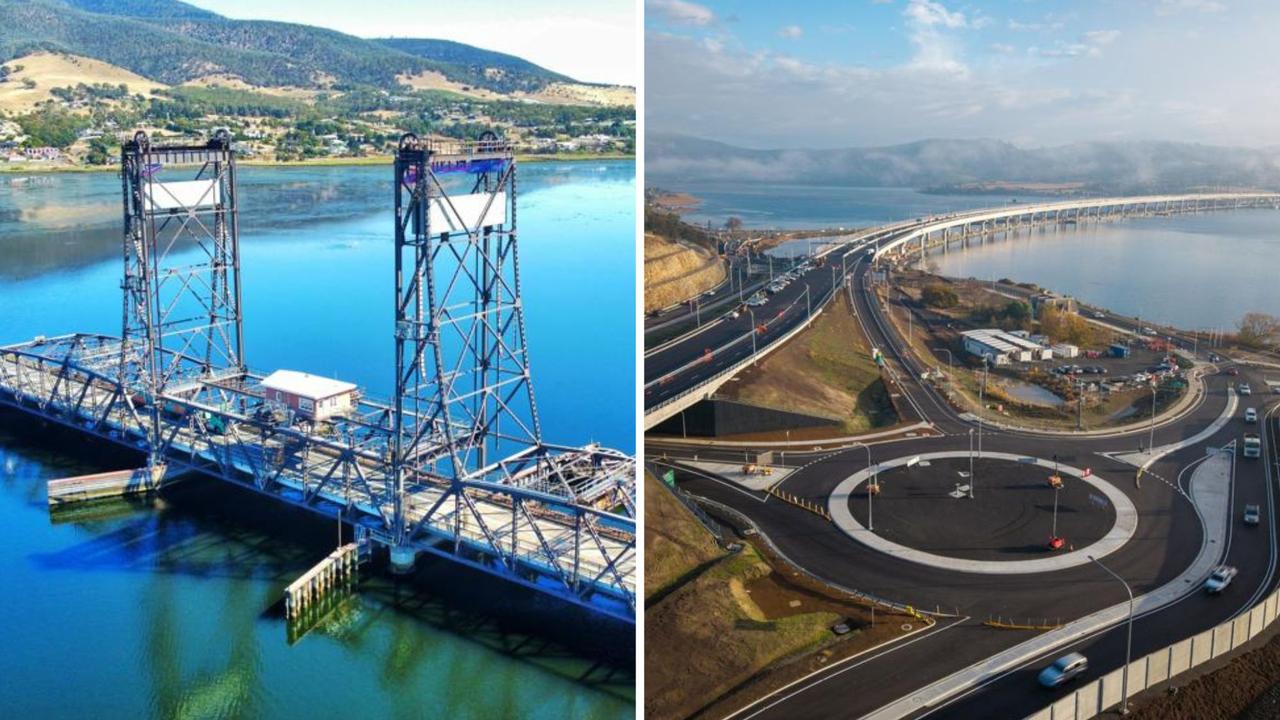Industry bodies, MPs slam 2025-26 budget for sell-offs and workforce slashes
Unions, MPs and community organisations were quick to dash the government’s hopes of a well-received budget on Thursday, slamming the report as a “massive fire sale”. What they had to say.
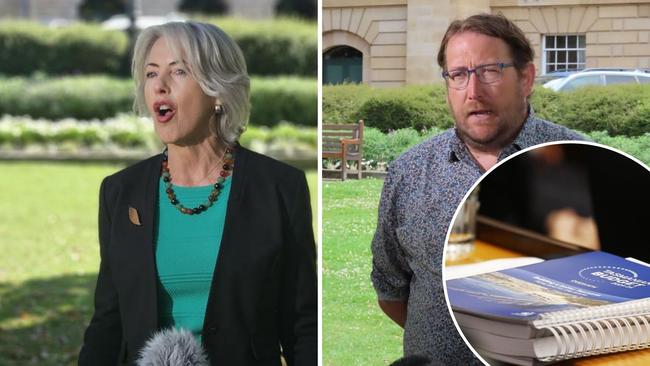
Tasmania
Don't miss out on the headlines from Tasmania. Followed categories will be added to My News.
It may have been a budget that promised “what matters for Tasmanians”, but industry bodies and MPs have labelled the 2025-26 state budget “smoke and mirrors”, pushing Tasmania into an inescapable spiral of debt.
The state opposition slammed Mr Barnett’s budget for its ballooning levels of net debt, which are forecast to rise from $7.36bn in 2025-26 to $10.79bn four years later.
“There’s no evidence of net debt stopping anywhere in the forward estimates – in fact, it’s spiralling further and further out of control,” Labor treasury spokesperson, Josh Willie, said.
“We’re going to be spending more on interest payments than on ambulances and emergency departments combined.
“Tasmanians will be paying down Premier Rockliff’s credit card bill for generations to come, and something needs to be done about it.”

Greens leader Dr Rosalie Woodruff was quick to slam the budget as a “massive fire sale of public land, public businesses”, rejecting the government’s stance on sell-offs of government-business enterprises (GBEs).
“There’s a flatlining for reduced funding for critical services; health, education, housing, child protection, the environment,” she said.
“What we know is that they’re planning to fund it by privatising our assets, privatising our crown land and by selling off our precious government businesses – businesses that Tasmanian have built up over generations, we own them.
“The Liberals want to flog them off to fund the stadium and the other warped funding priorities.”
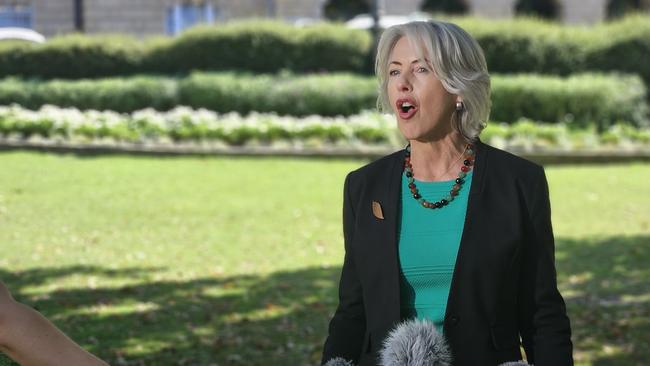
Independent MP David O’Byrne also opposed the privatisation of GBEs and said they could in fact pose a solution to the rising state debt.
“The government continues to assess some GBEs for divestment, but I doubt a compelling case can be made given poor outcomes arising from privatisation of government assets here and elsewhere,” he said.
“There are other ways to make some of our GBEs contribute to budget repair while keeping them in state ownership.
“For example, MAIB’s investment assets are currently valued at a staggering $2.1b – it would be possible to take a large temporary increased dividend from this business in the interest of budget repair.
“I believe this is a missed opportunity given the circumstances.”
Mr O’Byrne stated that while the level of debt and deficit was “eye-watering” for the state, he also wouldn’t advocate for a “slash and burn approach” that could cut essential services and further harm the economy.
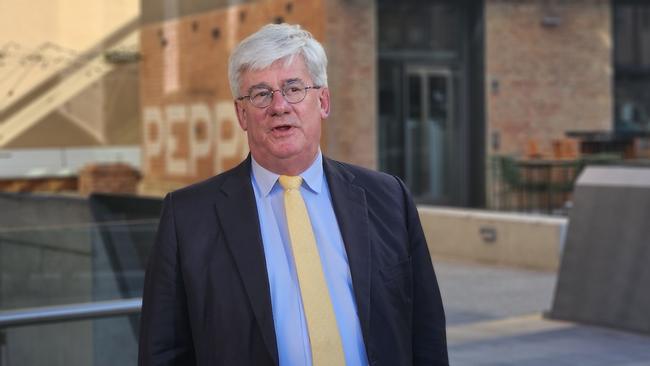
Independent economist, Saul Eslake, said that with no net savings contained in the budget, and a promised return to surplus that existed outside the forward estimates, Tasmania’s financial position had further deteriorated under the Barnett blueprint.
Mr Eslake said he had previously been critical of the Tasmanian government’s apparent reluctance to rein in spending, or find ways to pay for its additional outlays.
“And this budget shows it still hasn’t been able to break that habit,” Mr Eslake said in a statement.
“I’m not saying that all the new spending is wasteful or bad.
“Rather … that this spending should be paid for, either by cutting spending in other places, or by raising additional revenue.
“But the government is simply unwilling to do that.”
Unions Tasmania secretary Jessica Munday said the budget presented a loss for every Tasmanian however.

“Not only does this government want to sell off government businesses, they think that we can operate our already crumbling services in this community with the same level of staff we had four or five years ago,” she said.
“I’d like the government to tell Tasmanians which teacher, which nurse, which park ranger, how many of them are going to lose their jobs so that they can meet arbitrary budget targets.
“Imagine what 2500 less jobs would look like for Tasmania, those workers and their families? It is just truly impossible to achieve those level of savings and not have a negative impact on communities.”
Australian Medical Association Tasmania president Dr Michael Lumsden-Steel also shared his concerns for the stressed workforce, which was playing “catch-up” in the budget with what is required to operate hospitals and health services statewide.
“At the coalface, our healthcare workers are stressed, our hospitals are running at the highest escalation levels and patients are having elective surgeries cancelled, ”he said.
“What we need to do is get on with serious health care infrastructure development and health care reform so we can get on with providing the services our community needs.
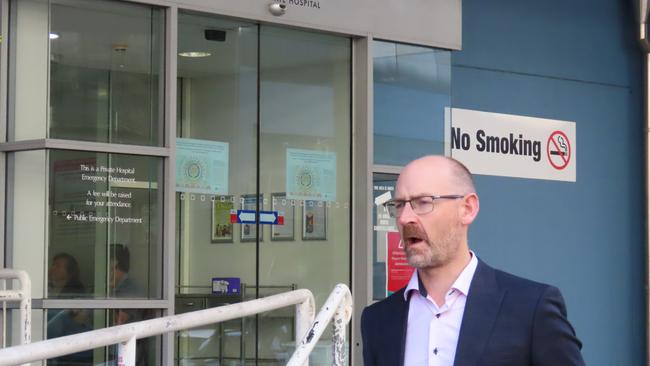
“All we’ve really done is catch up on our spending, and the increase of 1 per cent in funding doesn’t meet the demand in our health care.”
Australian Education Union Tasmania branch president David Genford said he was “underwhelmed” by the funding initiatives put forward for the education sector.
“To keep wages at 2.5 per cent, to not actually have a plan for how we will address workloads in schools … the Minister keeps talking about wanting to boost literacy rates in schools but if you don’t actually put money behind it so teachers can get the training and the resources they need in schools, nothing is going to happen,” he said.
More Coverage
Originally published as Industry bodies, MPs slam 2025-26 budget for sell-offs and workforce slashes





